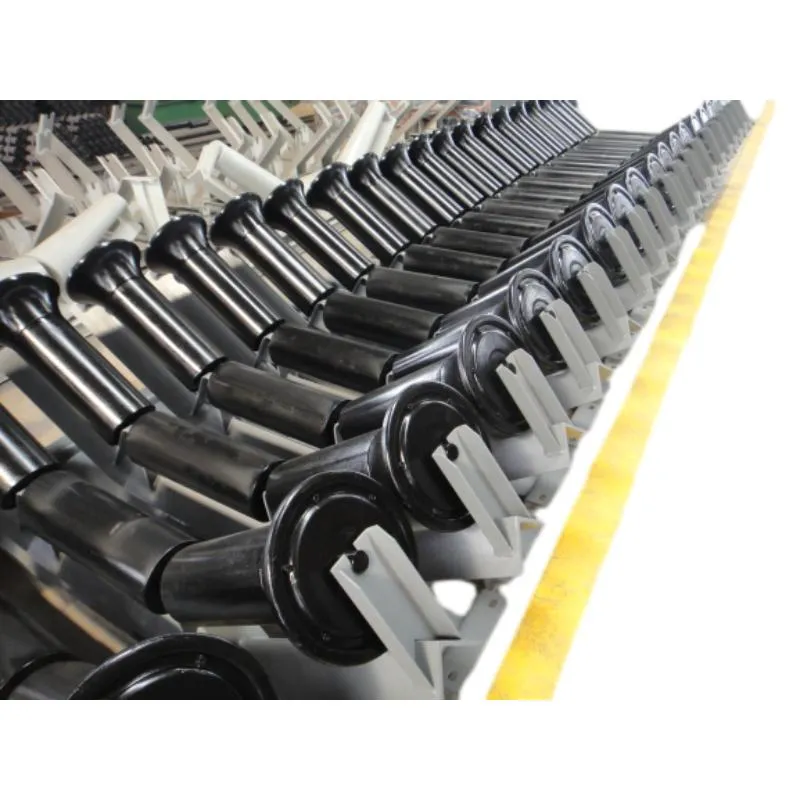 Afrikaans
Afrikaans  Albanian
Albanian  Amharic
Amharic  Arabic
Arabic  Armenian
Armenian  Azerbaijani
Azerbaijani  Basque
Basque  Belarusian
Belarusian  Bengali
Bengali  Bosnian
Bosnian  Bulgarian
Bulgarian  Catalan
Catalan  Cebuano
Cebuano  Corsican
Corsican  Croatian
Croatian  Czech
Czech  Danish
Danish  Dutch
Dutch  English
English  Esperanto
Esperanto  Estonian
Estonian  Finnish
Finnish  French
French  Frisian
Frisian  Galician
Galician  Georgian
Georgian  German
German  Greek
Greek  Gujarati
Gujarati  Haitian Creole
Haitian Creole  hausa
hausa  hawaiian
hawaiian  Hebrew
Hebrew  Hindi
Hindi  Miao
Miao  Hungarian
Hungarian  Icelandic
Icelandic  igbo
igbo  Indonesian
Indonesian  irish
irish  Italian
Italian  Japanese
Japanese  Javanese
Javanese  Kannada
Kannada  kazakh
kazakh  Khmer
Khmer  Rwandese
Rwandese  Korean
Korean  Kurdish
Kurdish  Kyrgyz
Kyrgyz  Lao
Lao  Latin
Latin  Latvian
Latvian  Lithuanian
Lithuanian  Luxembourgish
Luxembourgish  Macedonian
Macedonian  Malgashi
Malgashi  Malay
Malay  Malayalam
Malayalam  Maltese
Maltese  Maori
Maori  Marathi
Marathi  Mongolian
Mongolian  Myanmar
Myanmar  Nepali
Nepali  Norwegian
Norwegian  Norwegian
Norwegian  Occitan
Occitan  Pashto
Pashto  Persian
Persian  Polish
Polish  Portuguese
Portuguese  Punjabi
Punjabi  Romanian
Romanian  Russian
Russian  Samoan
Samoan  Scottish Gaelic
Scottish Gaelic  Serbian
Serbian  Sesotho
Sesotho  Shona
Shona  Sindhi
Sindhi  Sinhala
Sinhala  Slovak
Slovak  Slovenian
Slovenian  Somali
Somali  Spanish
Spanish  Sundanese
Sundanese  Swahili
Swahili  Swedish
Swedish  Tagalog
Tagalog  Tajik
Tajik  Tamil
Tamil  Tatar
Tatar  Telugu
Telugu  Thai
Thai  Turkish
Turkish  Turkmen
Turkmen  Ukrainian
Ukrainian  Urdu
Urdu  Uighur
Uighur  Uzbek
Uzbek  Vietnamese
Vietnamese  Welsh
Welsh  Bantu
Bantu  Yiddish
Yiddish  Yoruba
Yoruba  Zulu
Zulu Advantages of Using Ceramic Pulley Lagging in Industrial Applications
Ceramic Pulley Lagging Enhancing Performance and Longevity
In industrial applications, the efficiency of conveyor systems plays a crucial role in maintaining productivity and reducing operational costs. Among the various components that contribute to efficient conveyor operation, the pulley is vital. To optimize the performance of these pulleys, ceramic lagging has emerged as a preferred choice. This article explores the advantages and applications of ceramic pulley lagging, highlighting its significance in modern industrial settings.
Ceramic lagging refers to the application of ceramic tiles or materials on the surface of conveyor pulleys. This innovative solution serves multiple purposes, primarily enhancing traction, minimizing wear, and improving the overall life of the equipment. The unique properties of ceramics, including their hardness, durability, and resistance to abrasion, make them ideal for high-performance applications.
One of the primary benefits of ceramic pulley lagging is its ability to provide superior grip. In conveyor systems, pulleys often face the challenge of slippage, especially when handling materials that are wet, sticky, or unevenly distributed. The textured surface of ceramic lagging increases friction, ensuring that the conveyor belt adheres better to the pulley. This enhanced grip not only reduces the likelihood of slippage but also improves the efficiency of material transfer. As a result, operators can rely on their systems to perform consistently under varying conditions.
Another significant advantage of ceramic lagging is its durability. Industrial environments are often harsh, exposing equipment to extreme wear and tear. Ceramic materials are inherently resistant to corrosion, abrasion, and temperature fluctuations. By using ceramic lagging, companies can significantly extend the lifespan of their pulleys. This longevity translates to reduced maintenance costs and fewer interruptions in operations due to replacement or repairs. In industries such as mining, quarrying, and manufacturing, where equipment failure can lead to costly downtime, the importance of durable components cannot be overstated.
ceramic pulley lagging

Ceramic lagging is also effective in minimizing damage to the conveyor belt itself. Traditional pulley lagging options, such as rubber, can wear down over time, creating debris that can harm the belt. In contrast, ceramic materials maintain their integrity longer, resulting in less contamination and a cleaner operational environment. This benefit is particularly valuable for industries that handle sensitive materials or operate under strict hygiene regulations, such as food processing.
Moreover, ceramic pulley lagging is available in various designs and configurations, allowing for customization based on specific application needs. Users can choose from different thicknesses, shapes, and surface textures, ensuring that the lagging meets the unique demands of their systems. This versatility makes it an attractive option across a range of industries, including logistics, automotive, and pharmaceuticals.
Cost-effectiveness is an essential consideration in any industrial operation. While the initial investment in ceramic lagging may be higher than other lagging materials, the long-term benefits often justify the cost. The reduced frequency of replacements and lower maintenance requirements contribute to significant savings over time. Companies that prioritize operational efficiency and reliability will find that the benefits of ceramic lagging far outweigh the upfront expenses.
In conclusion, ceramic pulley lagging is a critical component in enhancing the efficiency and longevity of conveyor systems. Its superior traction, durability, and minimal impact on conveyor belts position it as an ideal choice for various industrial applications. As industries continue to strive for improved performance and reduced operational costs, the adoption of ceramic lagging is expected to grow, driving innovation in conveyor technology and machinery efficiency. Embracing such advancements can lead to more productive, economical, and sustainable industrial operations.
-
Revolutionizing Conveyor Reliability with Advanced Rubber Lagging PulleysNewsJul.22,2025
-
Powering Precision and Durability with Expert Manufacturers of Conveyor ComponentsNewsJul.22,2025
-
Optimizing Conveyor Systems with Advanced Conveyor AccessoriesNewsJul.22,2025
-
Maximize Conveyor Efficiency with Quality Conveyor Idler PulleysNewsJul.22,2025
-
Future-Proof Your Conveyor System with High-Performance Polyurethane RollerNewsJul.22,2025
-
Driving Efficiency Forward with Quality Idlers and RollersNewsJul.22,2025





























